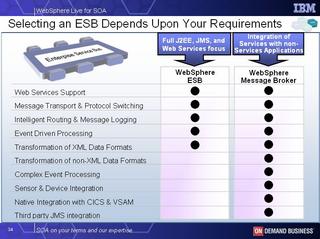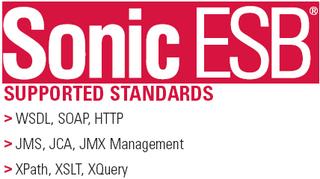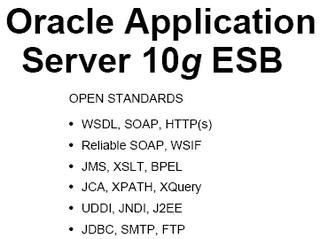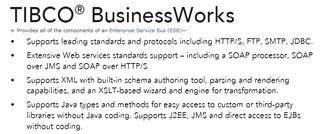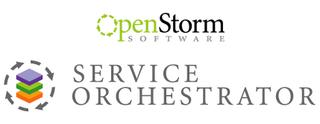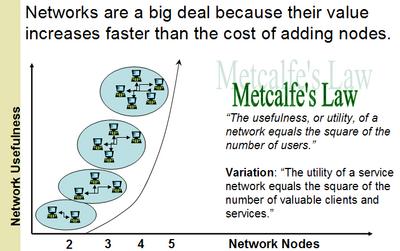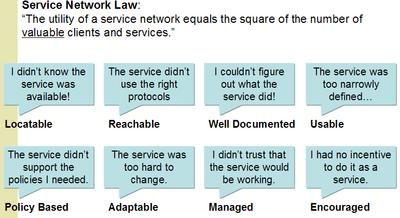So, how do you prove 'revisionist' thinking on the web? That's easy - you go back in time. Yes, you visit the WayBackMachine!
And I quote from the Microsoft UDDI site:
"How can you get involved in UDDI? If you are a business, you need to start thinking about how you will transition your company to the world of Web Services. IT architects should read through the UDDI specifications and start thinking about which Web Services your company will define and publish in the UDDI Business Registry. If you are a software developer, you should download the Microsoft UDDI SDK. If you are a software company or an ecommerce portal, you need to start thinking about how you will integrate your products and services with the UDDI Business Registry."
Or do you prefer this one:
Most importantly, UDDI involves the shared implementation of a Web Service based on the UDDI specifications. This Web Service -- the UDDI Business Registry -- is an Internet directory of businesses and the applications they have exposed as Web Services for trading partners and customers to use. Business programs will use the UDDI Business Registry to determine the specifications for programs at other companies in a manner similar to how people use Web search engines today to find websites. This automated application-to-application discovery and integration over the Internet will help eliminate many of the configuration and compatibility problems that are preventing businesses from more widely adopting B2B, despite B2B's potential for cost savings and improved efficiency.
What I don't understand - is how these marketing-whiz-kids thought that they wouldn't get called out on this. This is the age of the Internet - where everything is archived.
See it for yourself:
http://web.archive.org/web/20040718020748/uddi.microsoft.com/about/default.aspx



